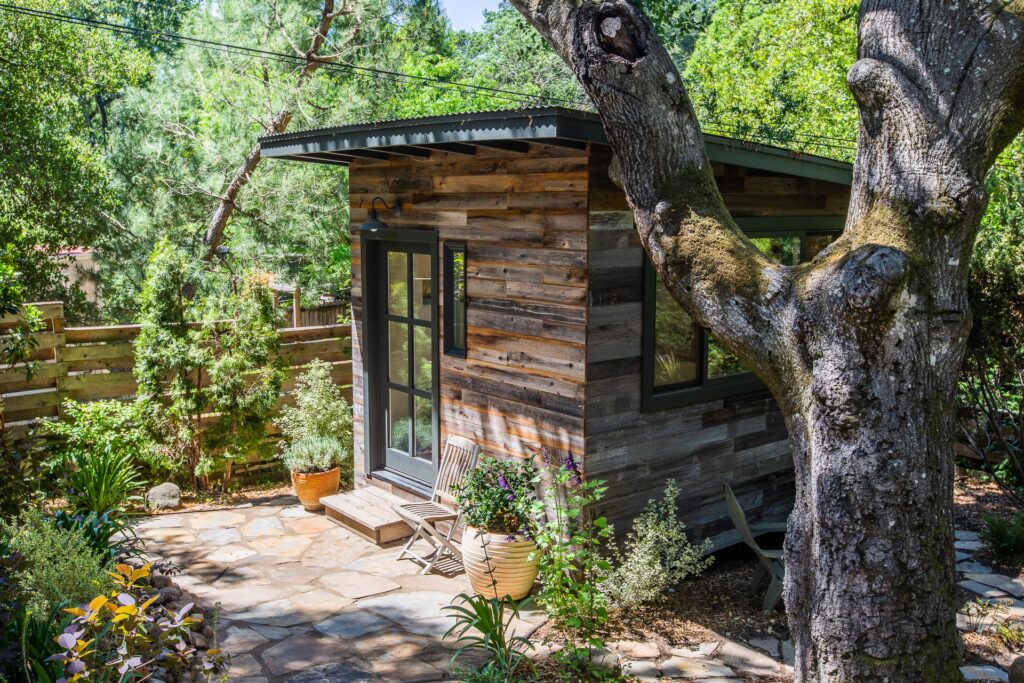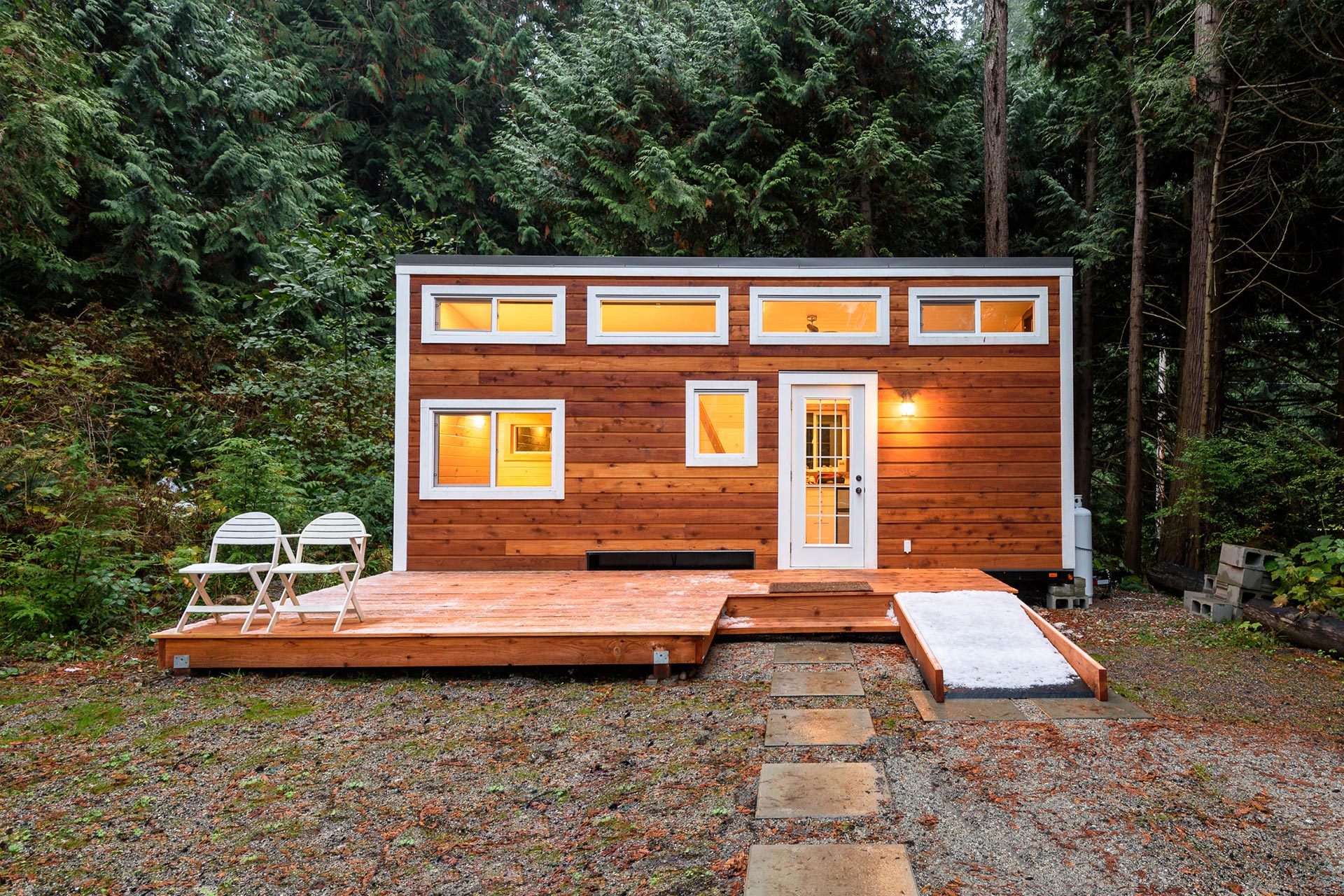Seattle’s housing market is one of the most dynamic in the country, and accessory dwelling units (ADUs) have become a key solution for homeowners looking to maximize the value of their property. Whether you’re interested in generating rental income, providing housing for family members, or increasing your home’s value, building an ADU can be a game-changing, versatile investment.
However, deciding to build an ADU in Seattle comes with its own set of challenges. You might grapple with concerns about upfront costs, navigating complex zoning laws, and finding the right contractor (Hint: We have a solution for that later).
Additionally, questions about how to design the unit for both functionality and aesthetics often arise. These roadblocks can feel overwhelming, but with the right planning and guidance, they become quick stepping stones.
In this guide, we’ll dive into the benefits of accessory dwelling units in Seattle, explore how to build an ADU, and discuss why they’re an increasingly popular housing solution in the Emerald City in 2025.
Looking For Something In Particular?
- What Are Accessory Dwelling Units?
- The Benefits of Accessory Dwelling Units in Seattle
- How to Build an ADU in Seattle
- Cost of Building an ADU in Seattle
- Designing an ADU: What Makes Them Aesthetic?
- Seattle Housing Solutions with Accessory Dwelling Units
- What Are the Benefits of Building an ADU in Seattle?
- Why Now Is the Time to Build an ADU in Seattle
What Are Accessory Dwelling Units?
Accessory dwelling units (ADUs) are smaller, secondary housing units located on the same lot as a primary residence. These units can be attached to your main home, like a basement apartment, or detached, such as a separate structure in the backyard.

Seattle’s zoning laws and housing regulations have made it easier than ever for you to construct ADUs, which are commonly referred to as backyard cottages or granny flats.
ADUs are highly versatile and can serve various purposes, including:
- Housing for your parents, in-laws, or adult children
- Rental income opportunities
- Home offices or guest accommodations
With Seattle’s growing population and limited housing supply, ADUs offer an innovative way to maximize property space without compromising the character of neighborhoods.
The Benefits of Accessory Dwelling Units in Seattle
1. Additional Rental Income
One of the biggest pros for building an ADU is the potential to generate rental income. With Seattle’s median rent for a one-bedroom apartment hovering around $2,000 per month, an ADU can be a lucrative investment. You can rent out these units to long-term tenants or even use them as short-term vacation rentals on platforms like Airbnb.
Example: A homeowner in Ballard built a detached ADU and rents it out for $2,200 per month, covering a significant portion of their mortgage.
2. Providing Flexible Living Arrangements
ADUs are an excellent option for multi-generational living. They allow your family to stay close while maintaining independence and privacy. Whether it’s a space for aging parents or your college grads who are saving for their own homes, ADUs provide a practical and comfortable solution.
3. Increasing Property Value
Adding an ADU can significantly boost your property’s value. According to studies, homes with ADUs often sell for more than comparable properties without them. This is particularly true in Seattle, where the demand for flexible housing solutions continues to rise.
4. Sustainability
Building an ADU is an environmentally friendly way to add housing density. Many ADUs are designed with sustainability in mind, featuring energy-efficient appliances, solar panels, and eco-friendly materials. By making better use of existing lots, ADUs help reduce urban sprawl and preserve green spaces.
They can also help make your property look more Washington-esque…
5. Meeting Seattle’s Housing Needs
Seattle has faced a housing affordability crisis for years, and ADUs are part of the solution. By increasing the availability of smaller, more affordable housing units, ADUs provide options for people who might otherwise be priced out of the city. This is what makes your rental income opportunities massive…
How to Build an ADU in Seattle
Constructing an ADU in Seattle involves several steps, but the process has been streamlined in recent years to encourage development. Here’s an overview:
1. Understand Seattle’s ADU Regulations
Seattle’s zoning laws now allow you to own up to two ADUs per lot: one attached (AADU) and one detached (DADU). Key requirements include:
- The lot must be in a single-family or low-density residential zone.
- The property owner (you) must occupy either the primary residence or one of the ADUs.
- The size of the ADU is typically limited to 1,000 square feet for detached units and 1,200 square feet for attached units.
2. Planning and Design
Work with a contractor to create plans that meet your needs and comply with city regulations.
Consider features like:
- Open floor plans to maximize space
- Energy-efficient appliances and insulation
- Accessible designs for aging in place
3. Obtain Permits
You’ll need to secure building permits from the Seattle Department of Construction and Inspections (SDCI). This process involves submitting detailed plans and undergoing a review to ensure compliance with zoning and safety standards.
4. Construction
Once permits are approved, construction can begin. Partnering with a reputable contractor experienced in ADU projects is crucial to ensure quality and efficiency.
5. Financing Your ADU
ADUs can be a significant investment, but there are financing options available, including home equity loans, personal loans, and construction loans. Some homeowners also use rental income projections to secure financing.
Cost of Building an ADU in Seattle
The cost of building an ADU in Seattle varies depending on factors like size, design complexity, and materials.
On average:
- A detached ADU (DADU) can cost between $150,000 and $300,000.
- An attached ADU (AADU) is typically less expensive, ranging from $100,000 to $200,000.
While the upfront costs may seem high, the long-term financial benefits, including rental income and increased property value, often outweigh the initial investment.
Designing an ADU: What Makes Them Aesthetic?
A well-designed ADU can significantly enhance both the functionality and visual appeal of your property. Thoughtful design choices ensure that the ADU complements the primary residence while maximizing the use of available space. Here are some design elements that make ADUs in Seattle not only practical but also aesthetic:
1. Architectural Harmony
Ensure that the ADU matches the architectural style of the primary residence. For example, if your main home is a Craftsman-style bungalow, consider using similar design elements like exposed beams, wood siding, and gabled roofs for the ADU. This creates a cohesive look and boosts curb appeal.
2. Natural Light
Maximizing natural light is essential, especially in Seattle’s rainy climate. Large windows, skylights, and glass doors can make the space feel brighter and more inviting. Strategically placed windows can also offer views of gardens or other outdoor spaces.
3. Efficient Layouts
In smaller spaces, every square foot matters. Open floor plans, built-in storage, and multi-functional furniture help make the most of limited space. Consider features like Murphy beds, fold-out tables, and under-stair storage to keep the design clean and clutter-free.
4. Sustainable Materials
Using eco-friendly materials not only aligns with Seattle’s sustainability goals but also adds a modern, high-end feel to your ADU. Bamboo flooring, reclaimed wood, and energy-efficient windows are popular choices that combine aesthetics with functionality.
5. Outdoor Integration
ADUs often benefit from seamless integration with outdoor spaces. Adding a small patio, rooftop garden, or deck expands your living area and enhances the overall appeal of your unit. Landscaping around the ADU with native plants further ties it to its surroundings.
6. Unique Design Touches
Personalized touches like accent walls, statement lighting fixtures, or custom cabinetry can elevate the design. These details make your space feel more like a home and less like a utilitarian unit.
Seattle Housing Solutions with Accessory Dwelling Units
ADUs are more than just a come-and-go TikTok trend – they’re a practical and forward-thinking solution to Seattle’s housing challenges. By making better use of existing properties, ADUs provide you with financial flexibility and create opportunities for renters seeking affordable housing in a high-demand market.
Example: A homeowner in Capitol Hill converted their garage into an ADU and now rents it out to a local graduate student, providing both income and a valuable housing option.
What Are the Benefits of Building an ADU in Seattle?
If you’re considering building an ADU, the benefits are clear:
- Financial Gain: Generate rental income and increase your property’s value.
- Flexibility: Create housing for your family, guests, or renters.
- Sustainability: Reduce your environmental footprint with efficient design.
- Community Impact: Contribute to Seattle’s housing solutions by adding affordable options.
Why Now Is the Time to Build an ADU in Seattle
Accessory dwelling units are transforming the housing landscape in Seattle. They’re versatile, sustainable, and financially rewarding—a win-win for you and the community. Whether you’re looking to increase your property’s value, generate income, or provide flexible housing options, an ADU is a smart investment.
At Alta Group, we specialize in designing and building ADUs tailored to Seattle’s unique needs. Our team handles every step of the process, from design and permitting to construction, ensuring your ADU is built to the highest standards.
Interested in building an ADU? Contact us today for a free consultation and take the first step toward maximizing your property’s potential.


